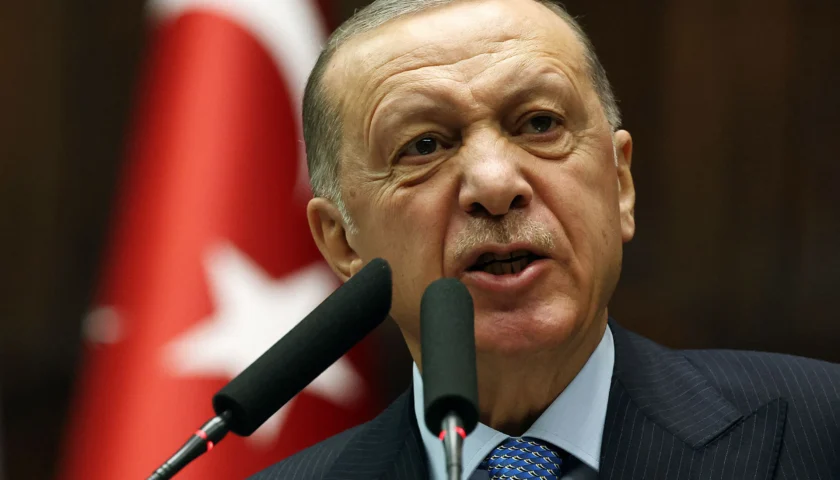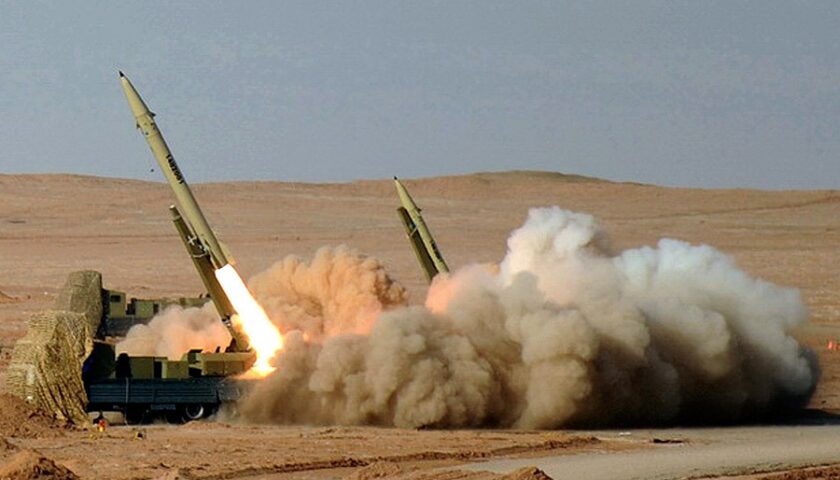Iranian authorities prevented Mahsa Amini’s family from commemorating the anniversary of her death as sporadic protests broke out across the country. Rights group claim government in Iran have arrested Mahsa Amini’s father Amjad amini and prevented her family from holding a vigil to commemorate the first anniversary of her death, reports of sporadic protests across the country despite a heavy security presence. Amjad Amini was reported to have been arrested early on Saturday as he left the family home in Saqez in western Iran and released after being warned not to hold a memorial service at his daughter’s graveside.
The death of Mahsa Amini, a 22-year-old Kurdish woman arrested by Iranian morality police last year on 16 September 2022 for allegedly flouting mandatory dress codes, led to months of some of biggest protest against clerical rule ever seen in Iran and drew international condemnation.Mahsa Amini, also known as Jina Amini, died in a hospital in Tehran, Iran, under suspicious circumstances. The Guidance Patrol, the religious morality police of Iran,s government, arrested Amini for allegedly not wearing the hijab in accordance with government standards. However, eyewitnesses, including women who were detained with Amini, reported that she was severely beaten and that she died as a result of poilice brutality, which was denied by the Iranian authorities. The assertions of police brutality, in addition to leaked medical scans, led some observers to believe Amini had a cerebral hemorrhage or stroke due to head injuries received after her arrest.
Masha Amini’s death resulted in a series of protests described as the largest Iranian protests since at least 2009. Some female demonstrators removed their hijab or publicly cut their hair as acts of protest. Iran human rights reported that by December 2022 at least 476 people had been killed by security forces attacking protests across the country.\ Amnesty International reported that Iranian security forces had, in some cases, fired into groups with live ammunition and had in other cases killed protesters by beating them with batons. One of Iran’s most high-profile prisoners, prize-winning rights activist Narges Mohammadi and three other women detainees burned their headscarves in the courtyard of Tehran’s Evin prison to mark the anniversary of Masha Amini. a widespread general strike in Kurdish areas on Saturday, circulating video and photos that appeared to show streets largely empty and shops shuttered. Human Rights Activists in Iran, another group that closely follows events in the country, also reported the general strike.
Violence and harassment against women not wearing the hijab in accordance with Iranian government standards had been reported after the revolution, whether by law enforcement personnel or pro-government vigilantes. From 1980, women could not enter government or public buildings or attend their workplace without a hijab. In 1983, mandatory hijab in public was introduced in the penal code, stating that “women who appear in public without religious hijab will be sentenced to whipping up to 74 lashes”. In practice, however, a number of women, such as Saba Kurd Afshari and Yasman Aryani were sentenced only to heavy prison terms.
In the 2010’s and 2020’s, clothing in Iranian society underwent significant changes, and young women in particular have started to be more liberal about hijab rules. This has prompted the Guidance Patrol, Iran’s morality police, to launch intermittent campaigns to verbally admonish or violently arrest and “re-educate” women they considered to be wearing the hijab incorrectly. Under routine circumstances, the detainees are brought to a center where they are re-instructed in the dress regulations, before being made to sign a pledge to uphold said regulations, and then being allowed to leave with their family.




